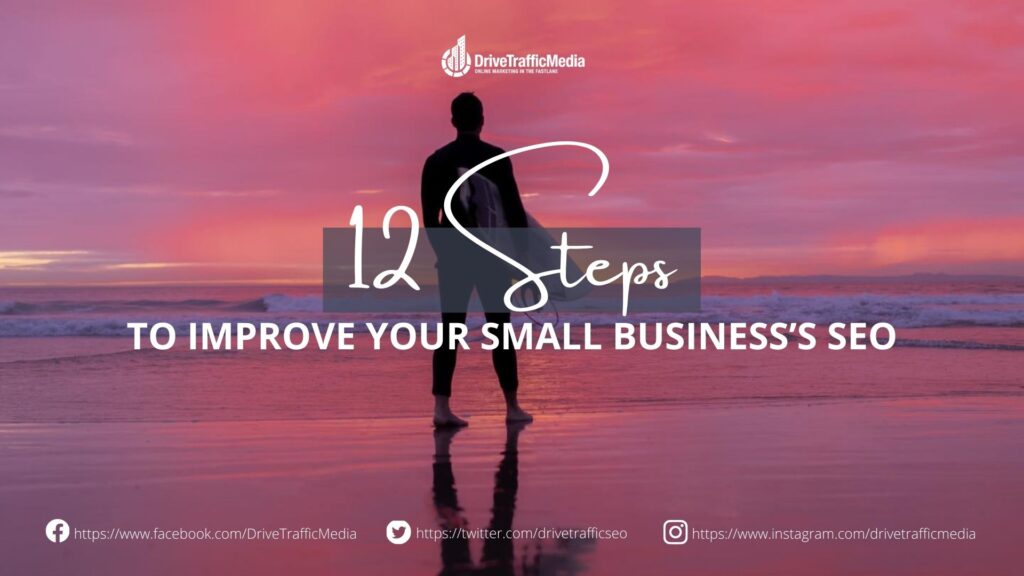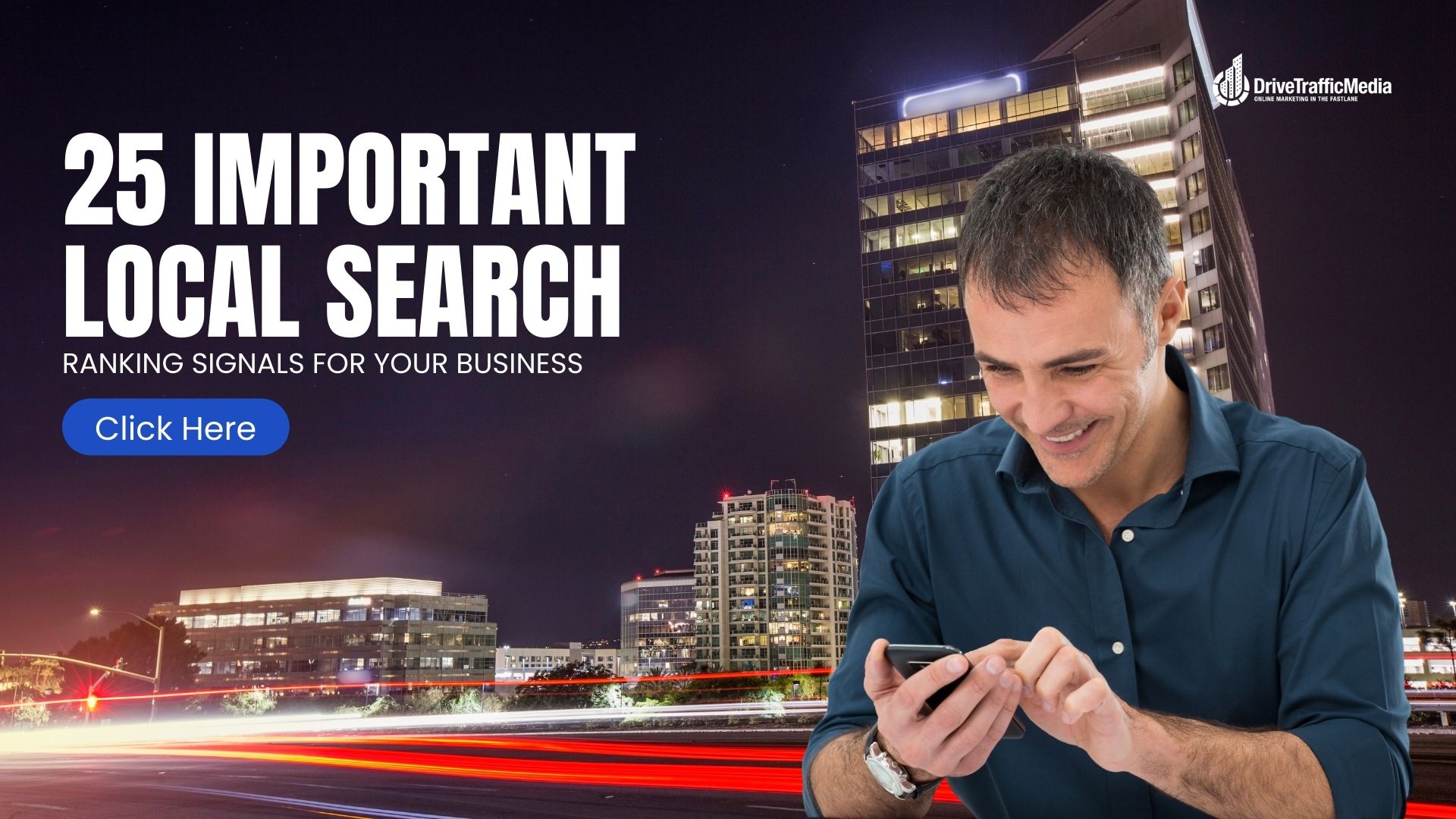1. Google Business Profile
Creating or claiming your Google Business Profile is the first step to local Orange County SEO optimization. It’s a free and easy way of improving visibility in your local area.
2. Google Business Profile Categories
You need to categorize your Google profile. Make sure it’s specific. For example, instead of choosing ‘home repair’, choose ‘plumbing’ so users know exactly what kind of home repair services you offer.
3. Google Business Profile Photos
Adding pictures and videos to your Google profile breathes life into it! You can post things like location, products, events, staff members, and more. Doing this makes you look more appealing and unique.
4. Bing Places for Business
While Google, by far, is the most popular search engine out there, you might as well cover everything. Set up a profile on Bing Places for Business to account for the 7% of the world’s population that uses Bing.
5. Online Directories
There are a bunch of other local listings you should consider! Yelp, Apple Maps, and Foursquare get tons of visitors per day and can gather traffic for you.
6. Review Site Listings
We’ve repeatedly reiterated this, but reviews are important for running your business. When you get listed on review sites, check your reviews and ratings, as this can seriously affect customers’ behaviors toward your brand. And speaking of which…
7. Positive Reviews
Make sure your positive reviews are as unbiased and authentic as possible! Customers love reading reviews that a.) have a ton of info on your brand and b.) were written off the customer’s own accord. Please don’t try and manipulate your business image by bribing customers or posting fake good reviews. Ensure you get positive reviews through the tips we’ve listed here.
8. Keyword Optimized Reviews
There are two kinds of optimized reviews.
The first is reviews that mention your city. This sends Google a message that you’re a trusted local business in that city!
The second is reviews that mention a specific product or service. As much as possible, try and convince your customers to talk about what they got instead of offering a generic review that’s one-size-fits-all. This makes the review more believable too.
9. Reviews with Responses
Always respond to positive reviews! This tells Google that you’re actively managing your profile and interacting with your customers. It tells searchers that you care about your customer’s experience.
10. Negative Reviews with No Response
In the same way, you should always respond to negative reviews. Orange County SEO professionals say that responding to negative reviews is even more important!
When you respond to negative reviews, you’re sharing your side of the story, owning up to your mistakes, and offering compensation. Responding appropriately shows you care about improving and great customer experience.
Everybody makes mistakes; it’s just how you deal with things afterward that matters!
11. Facebook Business Page
Facebook is a website that Google crawls frequently, so it’s good to set up a local profile there too. It’s also beneficial since tons of users visit the site per day—you’d lose out on great opportunities to advertise your brand otherwise.
12. Social Media Listings
Some people don’t like using Facebook, so why don’t you make profiles for other social media platforms like Twitter and Instagram too? However, only make these accounts when you’re 100% sure you can manage and update them frequently.
13. Name, Address, and Phone Number (NAP)
Having a local profile set up won’t matter if customers can’t figure out how to contact you. Make sure your NAP is accurate and consistent on all your profiles.
14. Mobile Optimization
Over half of today’s searches are done on mobile devices, so get your site mobile-optimized! Use Google’s Mobile-Friendly Test to help.
15. Structured Data Markup
Structured data markup makes searching for your site a lot easier! When users plug in your business name, they find not only your website but your store hours, address, menu, contact details, and more.
16. Click-Through Rates
You want to make a good first impression on prospective customers, right? Make sure your titles and meta descriptions are accurate and descriptive to entice customers to click your link on search engines.
17. Local Content
Mention your local area as much as possible. Write about local events, partner with local influencers, contribute to local charities, and do other local-related stuff that’s important to your target audience.
18. Location Keywords
For example, instead of simply offering “SEO services,” say you offer “SEO services in Orange County.”
19. Title and Meta Description
Content isn’t the only thing you can optimize with keywords. Add in some to your titles and meta descriptions, too—just make sure not to stuff it!
20. High-Quality Links
You’ve probably already heard that building links involve having credible sites linking to yours. It’s a strong ranking signal for Google. Aim for links from the most relevant and most trustworthy sites in your local area.
21. Links from Multiple Sources
It’s quality and quantity here, folks. You don’t want only one person rooting for your business. You want plenty! Think of it as the difference between having one contact reference and multiple.
22. Links from Local Sites
Having inbound links from local sites shows you’re a trusted local business. You could go for links from local media outlets, bloggers, and tourism organizations.
23. Links with Local Keywords
Do you know what you get when you have a link from a high-authority, local website that shares your targeted keyword? The best inbound link you could strive for.
24. Searcher Proximity
Searcher proximity is how close a business is to a customer. So, if you plan on targeting people in a local area, then make sure you’re actually in the local area and not just close by.
25. Domain Authority
Domain authority is a process in which Google ranks websites that consistently publish high-quality output high on search engines. This isn’t something you accomplish right away—it’ll come with a lot of time and effort.

